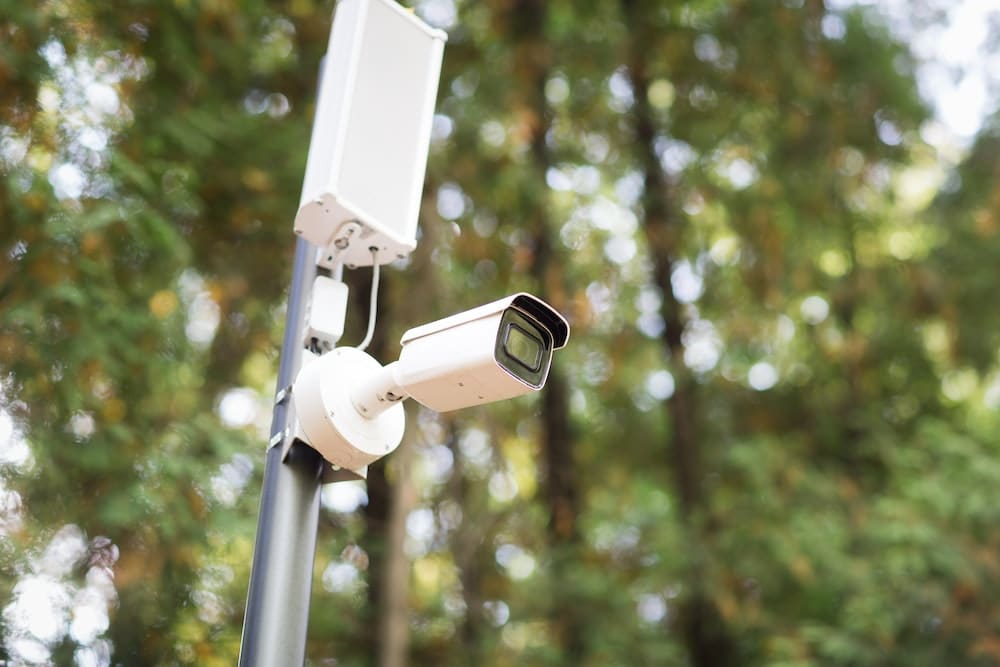What’s the Latest on Non-Invasive Monitoring for Chronic Diseases in the UK?

Chronic diseases such as diabetes are a significant burden on the health care system in the UK. The rise of telemonitoring technologies promises to transform the way patients manage their conditions. This article takes an in-depth look at the latest developments in non-invasive monitoring for chronic diseases based on several scholar studies and Crossref data.
The Role of Telemonitoring in Chronic Disease Management
Telemonitoring, an aspect of telemedicine, is the use of digital technologies to remotely collect and send health data from patients to health care providers. By allowing continuous, real-time data collection, telemonitoring has the potential to improve the management of chronic diseases such as diabetes.
Lire également : Unwrap the joy: your daily mystery box awaits
One of the key benefits of telemonitoring is that it enables health professionals to monitor a patient’s condition without the need for regular clinic visits. This can be particularly beneficial for patients with mobility issues or those who live in remote areas. Furthermore, constant monitoring can help identify any changes in a patient’s condition quickly, allowing for prompt intervention if necessary.
A systematic review of telemonitoring for chronic diseases conducted by researchers and published on Crossref, found that telemonitoring can help improve patients’ quality of life and reduce hospital admissions. However, there is still a need for more large-scale, high-quality studies to confirm these findings and provide more definitive evidence on the benefits and limitations of telemonitoring.
Lire également : What’s the Role of Machine Learning in Customizing Online Retail Experiences?
Advances in Telemonitoring Technology
Over the past few years, advances in telemonitoring technology have made it increasingly accessible and user-friendly for patients. Today’s telemonitoring devices can monitor a wide range of health parameters, including blood glucose levels, blood pressure, heart rate, and weight. These devices can also be paired with smartphone applications to allow patients to track their health data and share it with their health care providers.
One of the most significant advancements is the development of non-invasive monitoring devices. These devices eliminate the need for needles or other invasive procedures, making it easier for patients to monitor their health at home.
For instance, in the field of diabetes care, non-invasive glucose monitors have become increasingly prevalent. This technology allows patients to track their blood glucose levels without the need for regular finger-prick tests.
Clinical Trials and Studies on Telemonitoring
Various clinical trials and studies have been conducted to evaluate the effectiveness of telemonitoring for chronic disease management. One such study published on Google Scholar reported that telemonitoring had helped improve blood glucose control in diabetes patients.
Another study published on Crossref found that telemonitoring of heart failure patients helped reduce hospital admissions and improved patients’ quality of life.
While these studies provide promising evidence of the benefits of telemonitoring, it is important to remember that not all studies have had positive outcomes. Some studies have found that telemonitoring does not significantly improve health outcomes or reduce hospital admissions. This underlines the need for further research in this area to identify which patients are most likely to benefit from telemonitoring and how these technologies can be optimally integrated into the health care system.
Telemonitoring and Healthcare System in the UK
In the UK, the National Health Service (NHS) has recognized the potential of telemonitoring and has introduced several initiatives to promote its use.
In 2021, the NHS launched the "Digital-First" initiative, which aims to make digital health services a standard part of patient care. As part of this initiative, the NHS plans to expand the use of telemonitoring for chronic disease management.
Despite these advancements, there are still challenges to be addressed. One of the main challenges is ensuring that all patients have access to these technologies. Many patients, especially the elderly and those in rural areas, may not have access to reliable internet, which is necessary for telemonitoring.
Another challenge is ensuring that health care providers are able to effectively integrate these technologies into their practice. This may require additional training and resources, which can be a barrier for some health care providers.
The Path Forward
Despite the challenges, there is a clear momentum behind the use of telemonitoring for chronic disease management in the UK. As technology continues to advance and more high-quality research becomes available, it is likely that telemonitoring will become an increasingly important tool in the fight against chronic diseases.
However, to fully realize the potential of telemonitoring, it is important to ensure that these technologies are accessible and affordable for all patients. Furthermore, health care providers must be adequately trained and supported to integrate these technologies into their practice.
In the future, we may see a shift towards more patient-centred care, where patients are empowered to manage their own health using telemonitoring technologies. This may not only improve health outcomes, but also reduce the burden on the health care system.
While there is still much to be learned about the best ways to use telemonitoring for chronic disease management, the potential benefits for patients and the health care system are clear. As research and technology continue to advance, telemonitoring may play a pivotal role in transforming the management of chronic diseases in the UK.
The Impact of COVID-19 on Telemonitoring in the UK
The COVID-19 pandemic has accelerated the need for telemonitoring technologies, particularly in the management of chronic diseases, in the UK. Amidst the necessity for social distancing and lockdown measures, remote monitoring has become a crucial tool for health care providers to manage the health conditions of their patients without physical contact.
One study published on PubMed highlighted that telemonitoring has been instrumental in managing patients with chronic diseases such as diabetes mellitus during the pandemic. The study recognized that these technologies allowed for continuous monitoring of patients’ health conditions, reducing the risk of COVID-19 transmission through hospital visits.
Moreover, another study published on Crossref Google found that the pandemic has highlighted the importance of telemonitoring in managing heart failure patients. The researchers observed a reduction in hospital re-admissions due to better management of heart failure symptoms at home, hence reducing the burden on the health care system during the crisis.
However, the pandemic has also exposed the digital divide in the UK. A report by Google Scholar indicates that not everyone has been able to access telemonitoring services due to lack of reliable internet, especially in rural areas. This calls for an integrated approach to address such disparities and ensure everyone benefits from telemonitoring technologies.
Telemonitoring in the Future: Prospects and Challenges
Looking ahead, telemonitoring is projected to play a significant role in the health care system of the UK. With ongoing technological advancements and controlled trials, it is anticipated that these non-invasive monitoring tools will become more precise, user-friendly, and affordable.
A study in the United States published on Crossref PubMed indicated that advanced telemonitoring technologies have the potential to predict future health complications in patients with chronic diseases, hence allowing for early intervention. If replicated in the UK, these technologies might revolutionize chronic disease management in the country.
However, it is clear that the road towards widespread adoption of telemonitoring has its fair share of challenges. Access to reliable internet and digital literacy among the elderly are some of the hurdles that need to be addressed. Additionally, as pointed out in a PMC free article, health care providers would need adequate training to effectively utilize these tools for patient management.
In Conclusion
The potential for telemonitoring in managing chronic diseases in the UK is evident, with numerous studies pointing to improved patient outcomes and reduced hospital admissions. The advent of the COVID-19 pandemic has only served to underscore the importance of these tools, enabling the ongoing management of chronic conditions amidst necessary social distancing measures.
Nevertheless, the path towards widespread adoption of telemonitoring in the UK is not without its challenges. Digital disparities, the need for proficient health care training, and the necessity for robust technological infrastructure all present obstacles that must be overcome. Regardless, the objective remains clear: to ensure that all patients, regardless of their location or economic status, can benefit from these advancements in health technology.
Moving forward, patient-centred care via telemonitoring appears poised to be the future of chronic disease management in the UK. Research and technological advancements will undoubtedly continue to play a pivotal role in realising this vision. Telemonitoring has the potential to not only enhance chronic disease management but may also serve to alleviate some of the burdens on the health care system as a whole.
